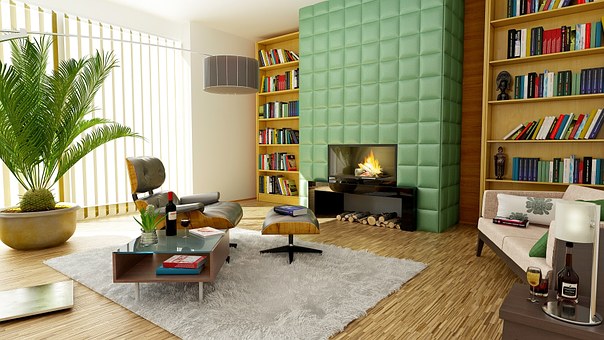
Winter is the time of year when many of us turn to our fireplaces. Whether we turn to them for heat or simply for ambiance, fireplaces are a nice touch on a cold, snowy day. But, fireplaces can also be dangerous. For this reason, you must light a fire under safety whenever you light one in your fireplace.
Keep Chimneys Clean and Inspected: Having your chimneys inspected on a yearly basis and cleaned when needed is one of the most important aspects of fireplace safety. Not only do cleanings and inspections reduce obstructions, and the risk of fires, but they also reduce the risk of chemical poisonings. Calling a chimney sweep, calling a certified company, or calling Dick Van Dyke from Mary Poppins, maybe one of the most important calls you make this winter.
Don’t Light Things on Fire That You Don’t Want on Fire: Whenever you partake in an activity that involves fire, you run the risk of getting burned, metaphorically and literally. While a fire inside a fireplace may seem generally safe, sparks and embers can escape from the confined area. Some of these may evaporate in the air, but others can ignite on nearby items: plants, blankets, furniture, your cat’s tail. Thus, it’s important to keep your fireplace covered with a screen and clear of any items that might invite the flames outside of the fireplace, and into your living room.
Know the Difference Between Real and Fake: There are real logs, and then there are artificial ones. It may seem as though no differences lie between the two, but when it comes to a fireplace, real and fake shouldn’t be treated the same. Artificial logs are often made up of ingredients that allow them to burn easier, including sawdust and certain types of wax. When these logs are added to a fire that already contains real wood, you might get more flame than you wanted. For this reason, keep artificial logs and real logs separate; just use one or the other.
Don’t use Charcoal: You wouldn’t barbeque inside your house, so don’t put coal or charcoal in your fireplace. Doing so can lead to carbon monoxide poisoning. Other poisons can be generated in your fireplace when you burn wrapping paper (which contains potentially dangerous chemicals) and certain types of trash. A good rule of thumb is if you don’t know what kinds of things something contains, don’t burn it inside your fireplace.
Keep Your Chimney’s Clear: Whenever you use your fireplace, the smoke has to have somewhere to escape. If it can’t go out your chimney, it will just fill up your house. This makes a clear chimney very important. Not only should your chimney be free of tree limbs and – in some cases – snow mounds, but it should also be free of animals. Birds are known for making their nests in chimney’s, which can lead to a clog or an unwelcome bird flying through your house. To avoid this, simply leave your (chimney’s) hat on: install a chimney cap.
Posted in Home By
 Opanpan Door Skins
Opanpan Door Skins